Home>Furniture>Outdoor Furniture>How Many Bricks Do I Need For A Patio
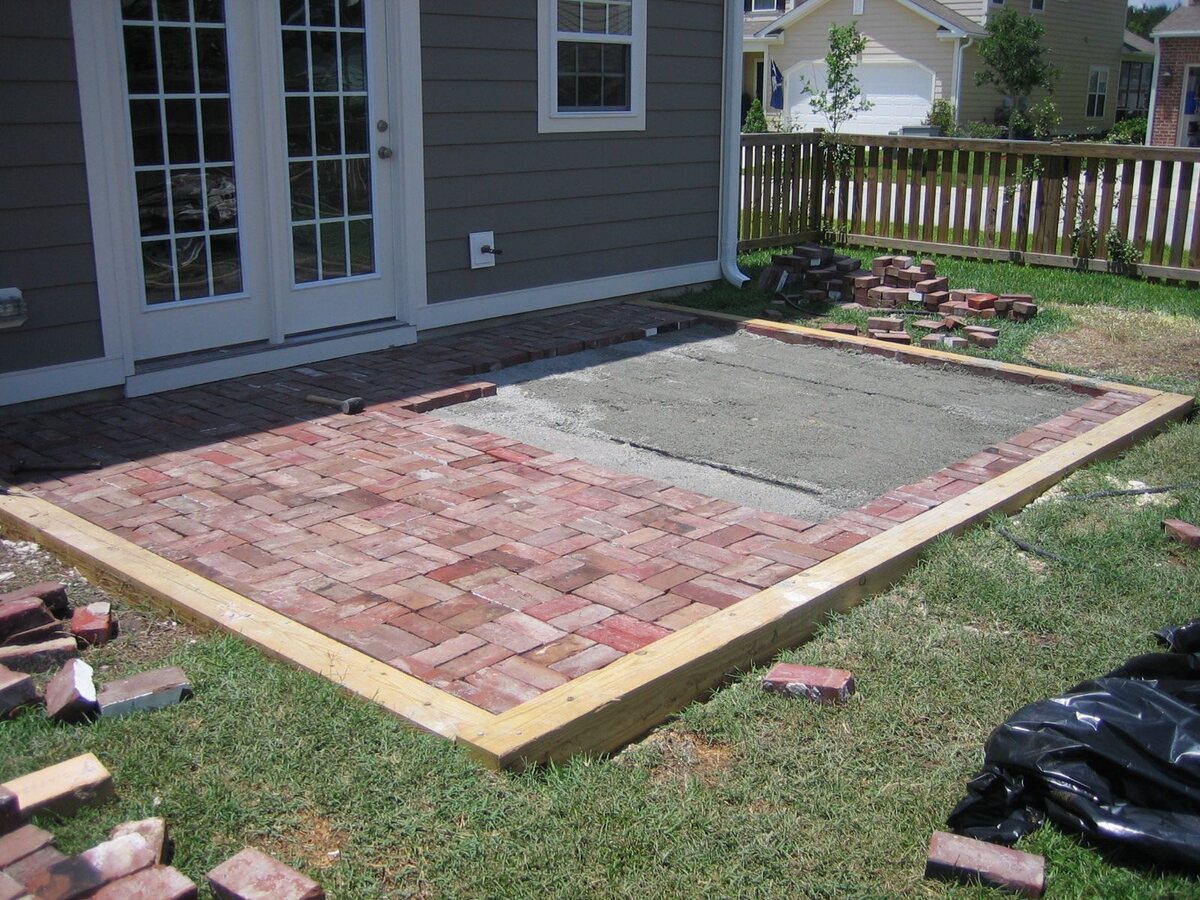

Outdoor Furniture
How Many Bricks Do I Need For A Patio
Modified: March 7, 2024
Get the right number of bricks for your outdoor furniture patio. Find out how many bricks you need to build the perfect outdoor space.
(Many of the links in this article redirect to a specific reviewed product. Your purchase of these products through affiliate links helps to generate commission for Storables.com, at no extra cost. Learn more)
Introduction
Creating an outdoor patio is a fantastic way to transform your backyard into a functional and appealing space. Whether you want a cozy spot to relax, entertain guests, or enjoy outdoor meals, a well-designed patio can provide all of that and more. One crucial aspect of building a patio is determining how many bricks you’ll need. This article will guide you through the process of calculating the number of bricks required for your patio, taking into consideration various factors such as size, shape, and pattern.
Before diving into the calculation details, it’s essential to have a clear idea of the desired size and shape of your patio. Take some time to envision how you plan to use the space and what furniture or features you want to include. This will help you determine the appropriate dimensions, which will, in turn, dictate the number of bricks needed.
It’s worth noting that the size of your patio will not only affect the number of bricks required but also impact the overall maintenance and functionality of the space. While a larger patio provides more room for activities, it may require more upkeep and be costlier to build. On the other hand, a smaller patio might be more manageable in terms of maintenance but could limit the number of guests you can comfortably accommodate.
Once you have a clear vision for your patio’s size and shape, you can move on to calculating the number of bricks needed. This calculation depends on several factors, including the size of the bricks, the chosen pattern, and any additional waste or cutting allowance.
In the following sections, we’ll delve into each of these factors in more detail to help you accurately determine the quantity of bricks required for your patio. So, let’s get started on this exciting journey of brick calculation!
Key Takeaways:
- Calculate the number of bricks needed for your patio by measuring the area, choosing brick size and pattern, and adding extra allowance for waste and cutting. Consult with professionals for accurate calculations.
- Consider factors like material, color, texture, maintenance, budget, longevity, and eco-friendliness when choosing bricks for your patio. Make informed decisions to create a beautiful and sustainable outdoor space.
Read more: How Many Patio Blocks Do I Need
Determining the Size of the Patio
Before you can calculate the number of bricks needed for your patio, it’s crucial to determine the size of the area. This step requires careful consideration, as it will directly impact the number of bricks required and the overall functionality of the space.
Start by measuring the area where you plan to build the patio. Use a measuring tape or a laser measure to determine the length and width of the space. It’s important to measure in feet or meters to ensure accurate calculations.
Next, consider how you intend to use the patio. If you plan to have outdoor seating or a dining area, make sure to account for the necessary space. Take measurements of any furniture you plan to include, including tables, chairs, or loungers. This will give you a better idea of the space required.
Once you have the measurements, it’s time to consider the shape of your patio. While rectangular or square patios are the most common, you can also opt for circular, oval, or irregular shapes. Keep in mind that irregular shapes may require more precise calculations and cutting of bricks.
Consider the overall function of your patio and how you plan to use the space. If you envision it as a gathering spot for family and friends, you may want to incorporate additional features like a grill or a fire pit. Take these elements into account when determining the size and shape of your patio.
Remember, it’s essential to strike a balance when deciding on the size of your patio. A patio that’s too small may feel cramped and limit your activities, while one that’s too large may require excessive maintenance and be less cost-effective.
Once you have a clear understanding of the size and shape of your patio, you can move on to the next step – calculating the number of bricks needed to bring your vision to life.
Calculating the Number of Bricks Needed
Now that you have determined the size and shape of your patio, it’s time to calculate the number of bricks required. This step involves considering various factors such as the size of the bricks, the chosen pattern, and any waste or cutting allowance.
Start by deciding on the size of the bricks you plan to use. Common brick sizes include standard (3.625″ x 2.25″ x 8″), modular (3.625″ x 2.25″ x 7.625″), and jumbo (3.625″ x 2.75″ x 8″). Note that the dimensions may vary based on your location and supplier. Choose a brick size that suits your desired aesthetic and budget.
Next, select the pattern you want for your patio. There are various patterns to choose from, such as running bond, herringbone, basket weave, and circular patterns like radial or bullnose. Each pattern will have different brick placement and may require different quantities of bricks.
To calculate the number of bricks needed, you’ll need to determine the area of your patio in square feet or square meters. Multiply the length by the width of your patio to find the total area. For example, if your patio measures 10 feet by 8 feet, the total area would be 80 square feet.
Based on the size of the bricks and the chosen pattern, you can then calculate the number of bricks required per square foot. This information is typically provided by manufacturers or can be found in brick installation guides. For example, a standard-size brick might require around 7 bricks per square foot for a running bond pattern.
Multiply the number of bricks per square foot by the total area of your patio to find the approximate number of bricks needed. Using our previous example, if each square foot requires 7 bricks and the total area is 80 square feet, you would need around 560 bricks.
It’s essential to consider additional factors when calculating the number of bricks. Account for any waste due to damaged or broken bricks during installation. Depending on the complexity of your patio’s shape, you may also need to account for cutting bricks to fit specific areas or curves.
It’s recommended to add an extra 5-10% to your total number of bricks to account for waste and cutting allowance. In our example, you would add around 5-10% to the 560 bricks for a total of approximately 588-616 bricks.
Always consult with your supplier or contractor, as they may have specific recommendations or adjustments based on the chosen brick size, pattern, and patio layout. They can provide valuable insights and help you refine your calculations to ensure the accurate number of bricks needed.
By carefully considering the size of the bricks, the chosen pattern, and accounting for any waste or cutting allowance, you can confidently determine the number of bricks required for your patio project.
Next, let’s explore some additional factors to consider when planning your patio and choosing the right bricks.
To calculate the number of bricks needed for a patio, measure the area of the patio in square feet and then multiply by the number of bricks needed per square foot, accounting for any extra for cuts or mistakes.
Factors to Consider
When planning your patio and choosing the right bricks, there are several additional factors to consider. These factors can impact the overall aesthetic, durability, and maintenance requirements of your patio. Let’s explore them in more detail.
1. Material: Bricks come in a variety of materials, such as clay, concrete, or natural stone. Each material offers different colors, textures, and durability. Consider the style of your home and the overall look you want to achieve when selecting the brick material. Additionally, think about the climate in your area and choose a material that can withstand the local weather conditions.
2. Color: The color of the bricks can greatly influence the overall appearance of your patio. Consider the surrounding landscape, existing color schemes, and any architectural elements. You can opt for traditional red bricks, earth-toned bricks, or explore a range of color options available in the market.
3. Texture: The texture of the bricks can add visual interest and create a unique look for your patio. Smooth, rough, or textured bricks can all contribute to the overall aesthetic. Consider the surrounding elements and the style you want to achieve when selecting the texture of the bricks.
4. Maintenance: Different brick materials and finishes have varying maintenance requirements. Some may require regular sealing or cleaning, while others may be more low-maintenance. Consider the level of maintenance you are willing to undertake to keep your patio looking its best over time.
5. Budget: Set a budget for your patio project and choose bricks that fit within that budget. Keep in mind that additional features like patterns or intricate designs may increase the cost. Make sure to factor in the cost of other materials, such as sand and mortar, when budgeting for your patio project.
6. Longevity and Durability: Consider the longevity and durability of the bricks you choose. High-quality bricks will be able to withstand the elements and last for years to come. This is especially important if you live in an area with harsh weather conditions.
7. Eco-Friendliness: If sustainability is a priority for you, consider choosing eco-friendly brick options. Look for bricks made from recycled materials or ones that have a low carbon footprint.
By considering these factors, you can make informed decisions when selecting the right bricks for your patio. It’s also a good idea to consult with a professional landscape designer or supplier who can provide guidance and help you choose the best bricks to suit your needs and preferences.
Now that you have a comprehensive understanding of the various factors to consider, you can confidently move forward with your patio project and bring your outdoor space to life.
Conclusion
Building a patio is an exciting project that can transform your outdoor space into a functional and inviting area. Determining the number of bricks needed for your patio is a crucial step in this process. By carefully considering factors such as the size, shape, pattern, and additional allowances, you can accurately calculate the quantity of bricks required.
Start by visualizing the size and shape of your patio, taking into account your desired functionality and any furniture or features you plan to incorporate. Once you have determined the dimensions, you can move on to selecting the size and pattern of the bricks. This information, combined with the total area of your patio, allows you to calculate the approximate number of bricks needed per square foot.
Remember to consider factors such as waste allowance and cutting allowance, and always add a little extra to account for unexpected issues. Consulting with a supplier or contractor can provide valuable insights and ensure accurate calculations.
When planning your patio, take into account additional factors such as the material, color, texture, maintenance requirements, budget, longevity, durability, and eco-friendliness of the bricks. These considerations will help you choose the right bricks that align with your aesthetic preferences, lifestyle, and sustainability goals.
Once you have gathered all the necessary information and made informed decisions, you are ready to proceed with your patio project. Whether you opt for a classic pattern or a more intricate design, your patio will become a stunning addition to your outdoor space.
Remember to enjoy the process and take pleasure in transforming your backyard into a beautiful and functional area. With the right number of bricks and careful planning, your patio will become a space where you can relax, entertain, and create lasting memories.
So, roll up your sleeves, gather your materials, and bring your dream patio to life, one brick at a time!
Now that you've got the scoop on patio bricks, why stop there? Spruce up your garden with some creative barriers by checking out our top garden fence ideas, perfect for any landscaping enthusiast. Or, if you’re feeling handy, learn how to put together your very own DIY patio—a simple way to enhance your backyard's appeal and functionality. Both guides are packed with tips to help you transform your outdoor areas into splendid retreats.
Frequently Asked Questions about How Many Bricks Do I Need For A Patio
Was this page helpful?
At Storables.com, we guarantee accurate and reliable information. Our content, validated by Expert Board Contributors, is crafted following stringent Editorial Policies. We're committed to providing you with well-researched, expert-backed insights for all your informational needs.
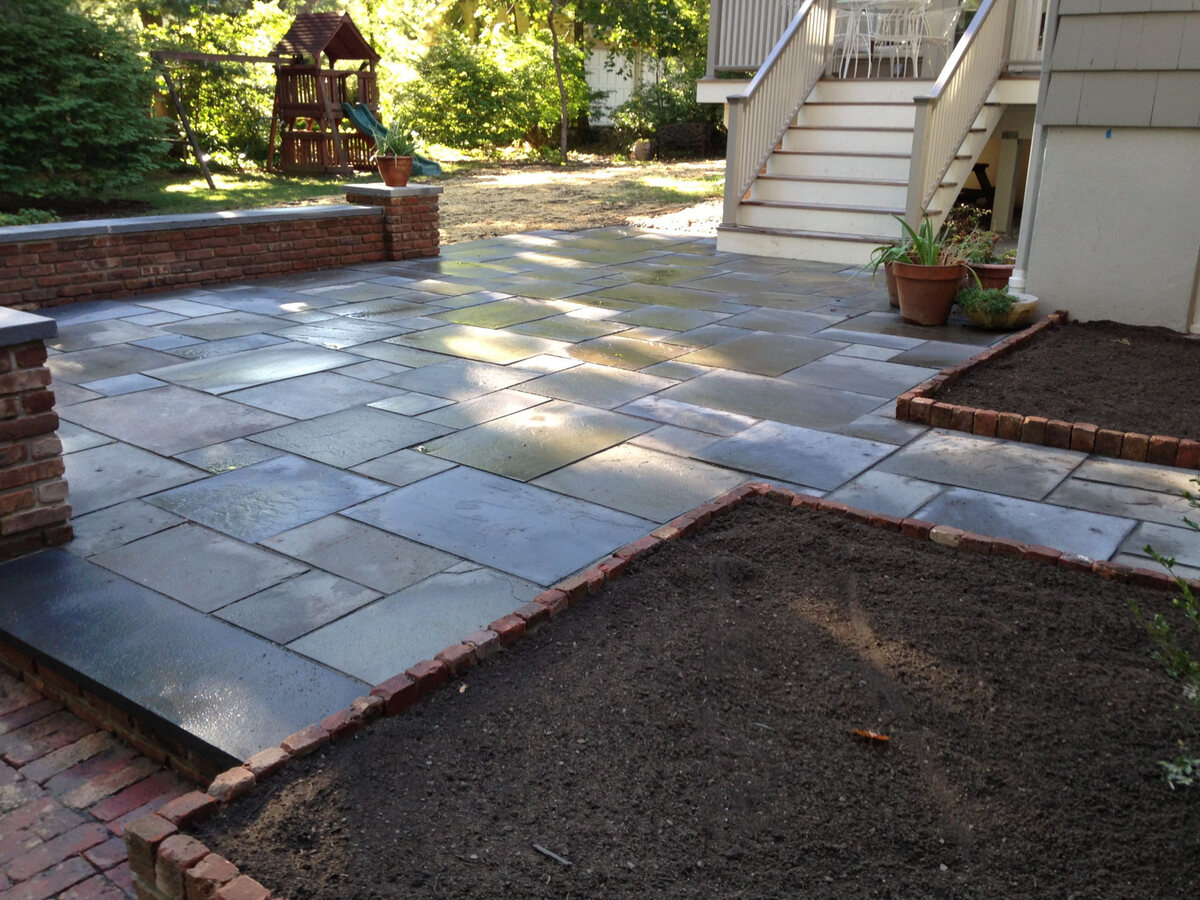
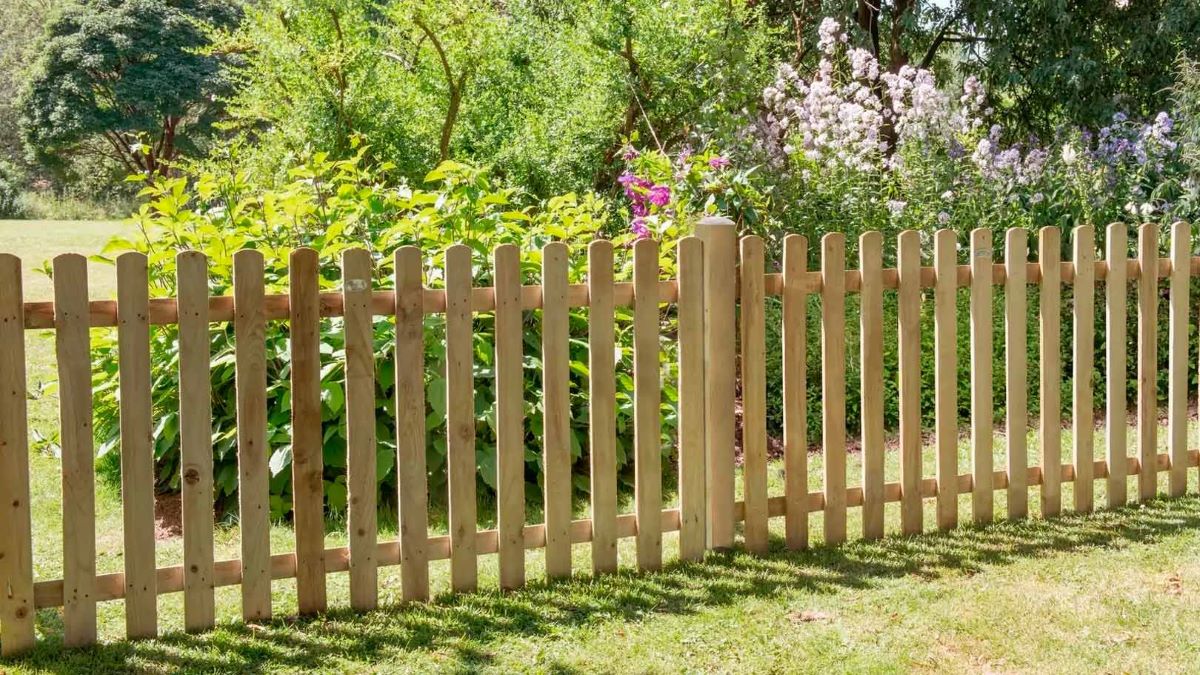



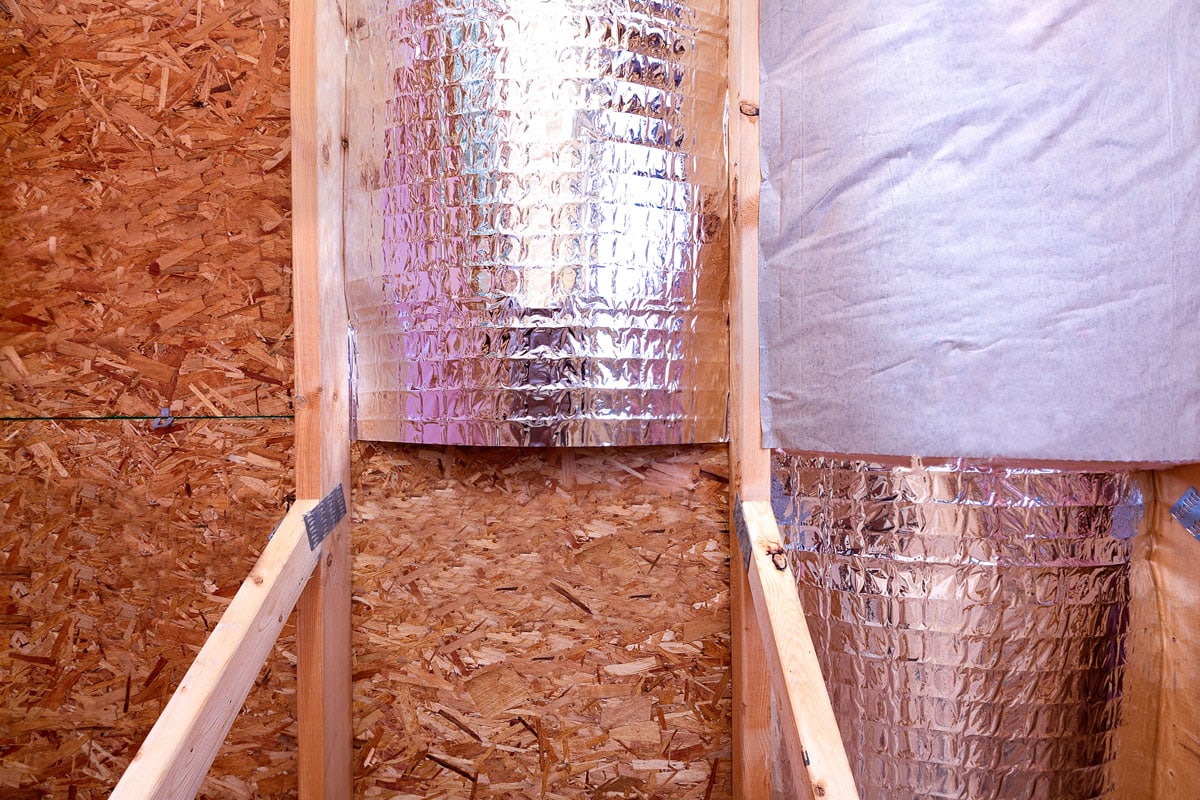





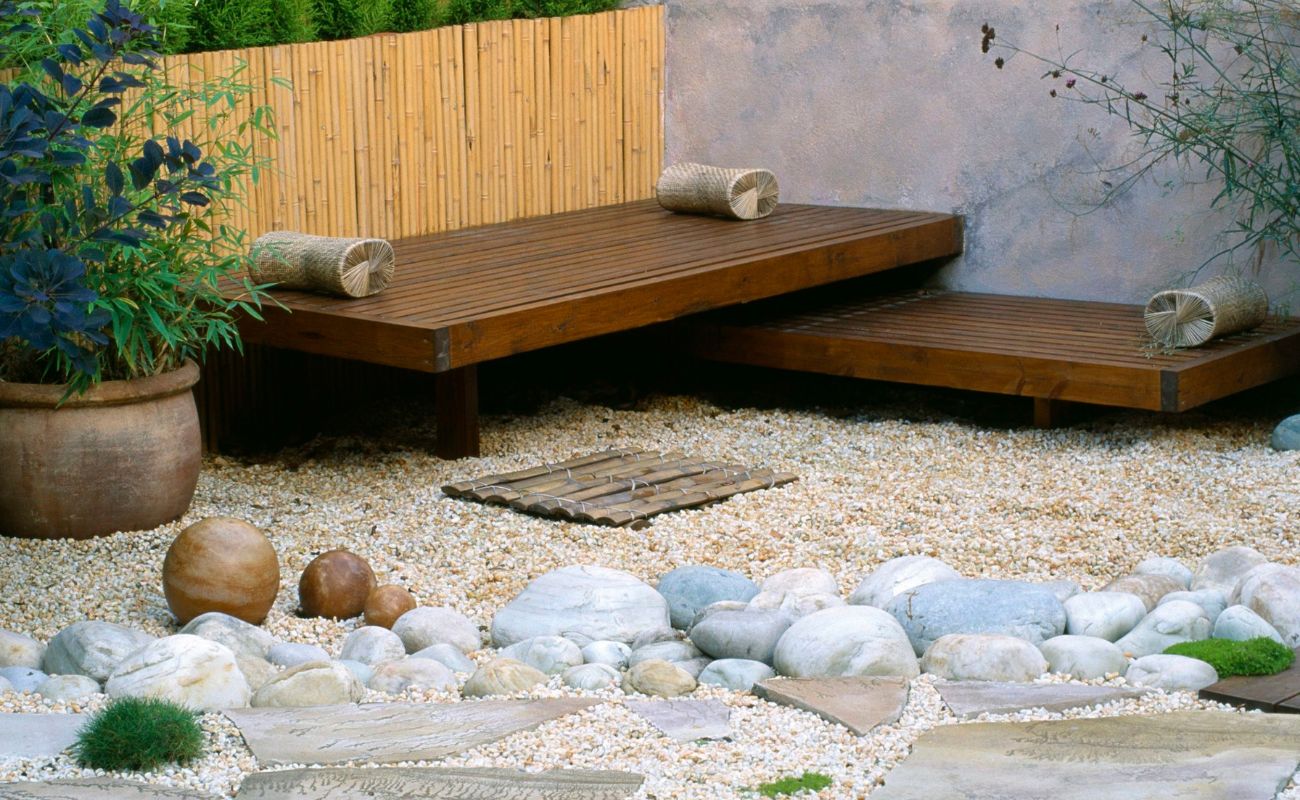
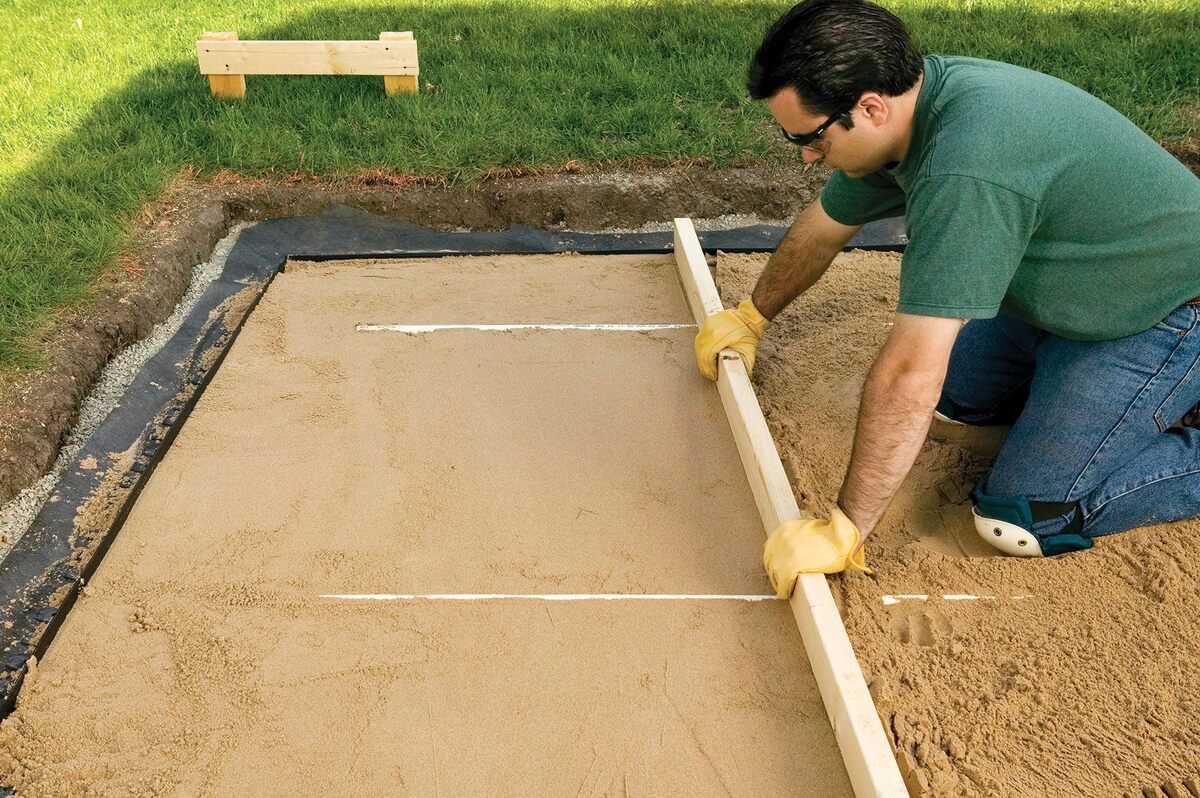
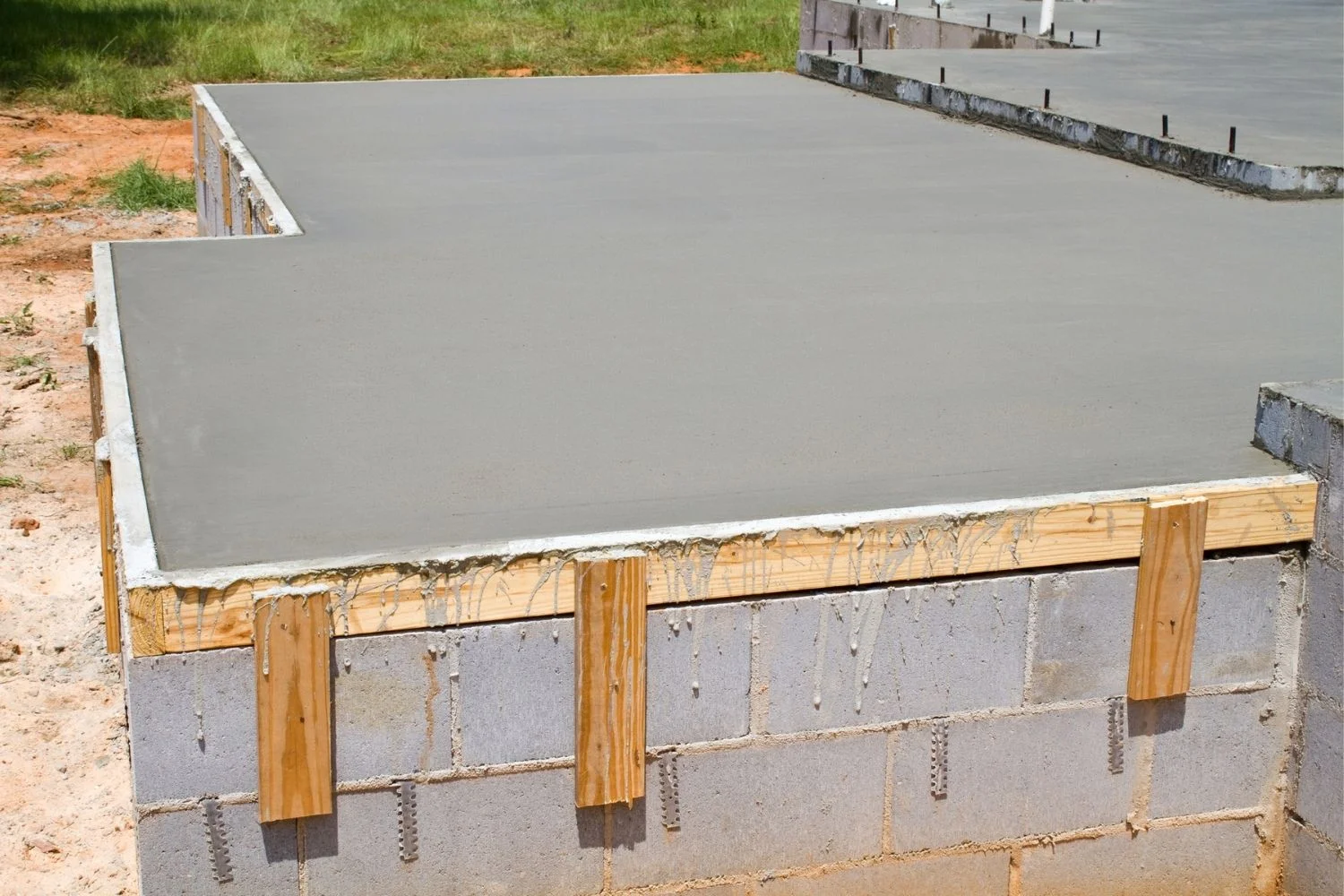
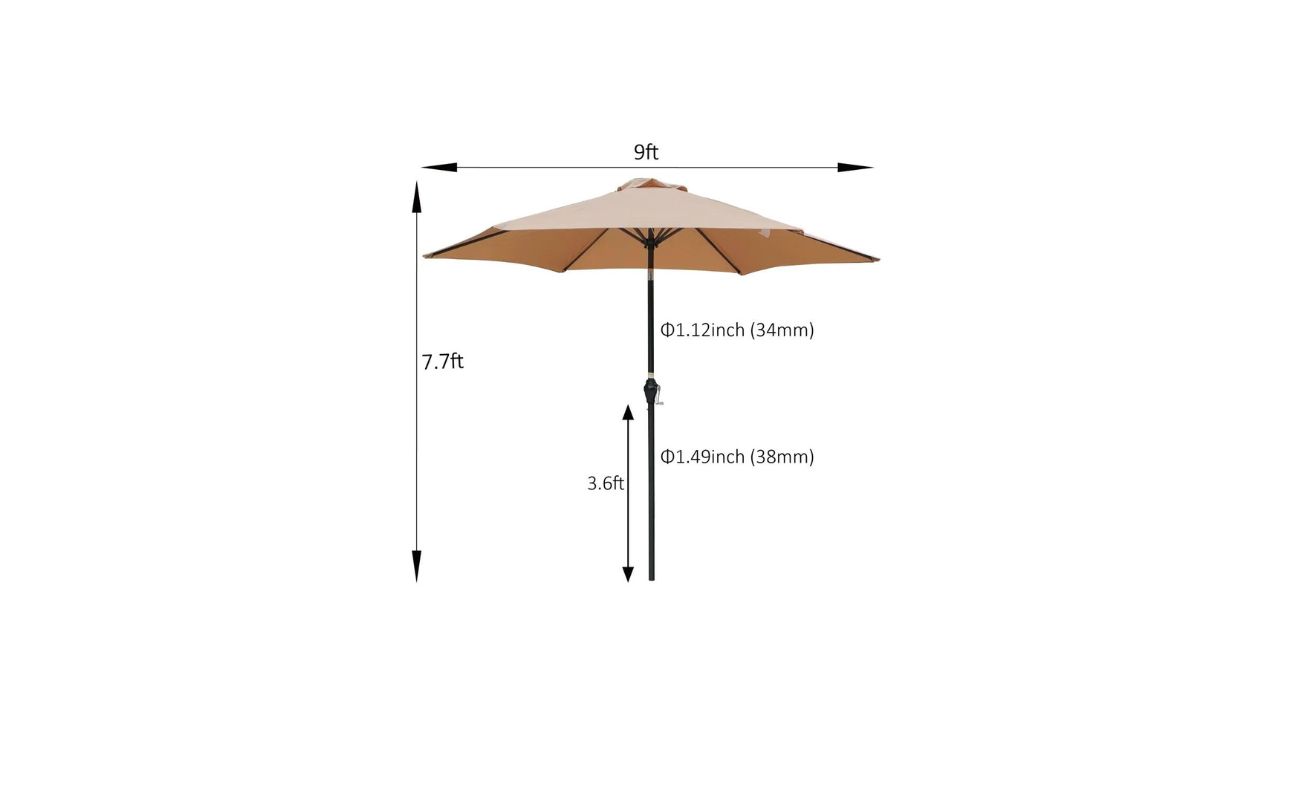

0 thoughts on “How Many Bricks Do I Need For A Patio”